
OR
Palpa promoting religious tourism through cow conservation
Published On: May 2, 2023 01:14 PM NPT By: Republica | @RepublicaNepal
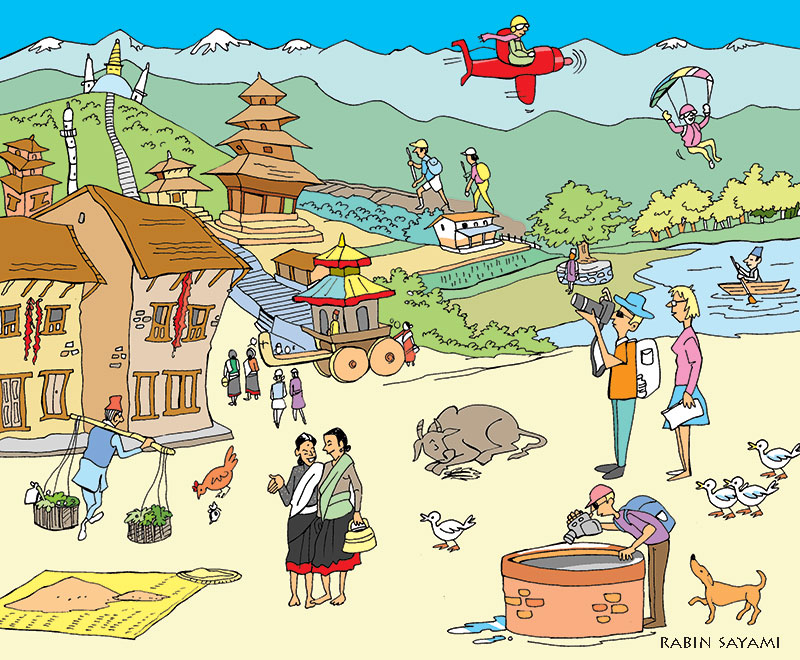
PALPA, May 2: Until some years ago, stray cattle in Rampur and surroundings had become a nuisance to the local people. They would destroy crops, attack people and cause road accidents. Nowadays, the locals have got a relief, as ‘Gaushala’ (a shelter for cows) at Rampur Municipality in Palpa district has been established where such cows, oxen, and calves are given shelter and fodder.
Located near the Kaligandaki river banks in Rampur Municipality-6, the shelter came into operation four years ago with 108 cows under its custody in the beginning.
At the initiatives of the municipality, approximately Rs 5.5 million has been invested in the construction of physical infrastructures for the shelter so far, said the municipality officials.
Physical infrastructures and fodder have been managed for the cattle with a total investment of Rs 6.5 million provided by the municipality in the past five years, Rs 600,000 provided by the provincial government, and Rs 1.1 million provided by the Patanjali Yogpeeth, Nepal, they said. The shelter houses 158 cows at present.
Besides, people have donated fodder and money on occasions like birthdays, weddings, after death rituals, and marriage anniversaries. Last year, donations amounting to approximately Rs 400,000 were collected, and an estimated Rs 600,000 in donations is expected to be collected this year, said chairperson of the municipal Gaushala management committee, Humnath Neupane.
“People have donated money and other useful things for the shelter by cutting down expenditures on occasions like birthdays, marriage and other auspicious days. This has indicated the increasing importance of cows. The donation has been a great help to run the shelter,” he said.
With the exposure of the shelter through social sites like Facebook, local people have come together to collect donations to protect cows, said the shelter manager Nilkantha Bhandari.
Proper management of stray cattle through the shelter has relieved the local people, and helped reduce road accidents. With this, local people’s problems associated with stray cattle have been resolved, said a local Om Prakash Regmi.
In most cases, people tend to abandon cattle once they are no longer useful or they stop giving milk, and feeding and taking care of them becomes a financial burden. The government must monitor and manage stray cattle, he said.
With the management of stray cattle, the disturbance in traffic and road accidents caused by them have been reduced to some extent, according to the traffic police.
This has also helped develop the area as a religious tourist destination. Spanning around seven ropanis of land, the shelter is located just before the Laxminarayan Temple and near the banks of the sacred Kaligandaki River.
The shelter has a compound wall , preventing the cattle sheltered there from escaping. There is a dense mobility of pilgrims and devotees who visit the area to take a holy dip into the river, worship at the temple and visit the cow shelter, said local people.
The number of people visiting the area for religious purposes is increasing, said the shelter authorities. Cow is the official national animal of Nepal. The cattle are considered to be the most sacred animals by Hindus, and a cow’s body is believed to represent 330 million Hindu gods and goddesses. Hindus worship cows daily and rear them for various purposes including worship. Cows are also worshiped as an incarnation of goddess Laxmi and are considered auspicious during birth and death of Hindus.
The shelter has had a good impact on religious tourism as it is situated near the banks of the sacred Kali Gandaki River, said Lekhnath Neupane, the municipality’s chief administration officer. As this has spread a positive message, the municipal government has accorded top priority to manage the shelter, he added.
The municipality has a plan to monetise the shelter by producing gas from the urine and dung of the cattle sheltered here, said Mayor Raman Bahadur Thapa. “As part of the municipal government's plan to make the city free of sewers, we have come up with a plan to produce energy from urine and dung collected from the shelter. The municipal government will move ahead on the matter after holding talks with the stakeholders,” he said.
It is also planning to construct a guesthouse for pilgrims visiting the religious site. For this, discussions with donors and various organizations are underway, he said. The committee has a plan on the table to create a pasture and a museum, construct a glasshouse and statues of Radha and Krishna.
The shelter has a building for storing fodder, two buildings for housing stray cattle, an office building, and facilities like drinking water, and toilets. Five employees have been deployed, said the shelter authorities.
The shelter is facing problems, however. A lack of space has been a major concern, said the shelter authorities. Separate buildings are required for pregnant and feeble cows, they said. The problem becomes so intense during winter when cows in general fall ill, they added. The lack of sufficient fodder has also added to the problems.
A secretariat should be managed, and a desk be set up to inform people about the shelter. Likewise, crematory places and the building for performing after-death rituals should be constructed, they demanded.
The Gaushala management committee has distributed life membership by charging Rs 5,100 per person. Cows handed by the life members are kept in the shelter which charges a fee of Rs 3,000 per cow.
RSS
You May Like This

Scarcity of drinking water driving people out of village in Palpa
PALPA, June 4: Gothari Ghari village of Mathagadhi Rural Municipality-5 in the district is emptying at a faster pace for... Read More...

IMR declining in Palpa
RAMPUR (Palpa), Feb 25: The Infant Mortality Rate (IMR) has declined following the implementation of the Mother Security Program in... Read More...

Palpa farmers embrace mechanization for better yields
PALPA, July 4 :Karna Bahadur Chidi, a farmer of Kaseni in Palpa, stopped tilling his field with oxen seven years... Read More...
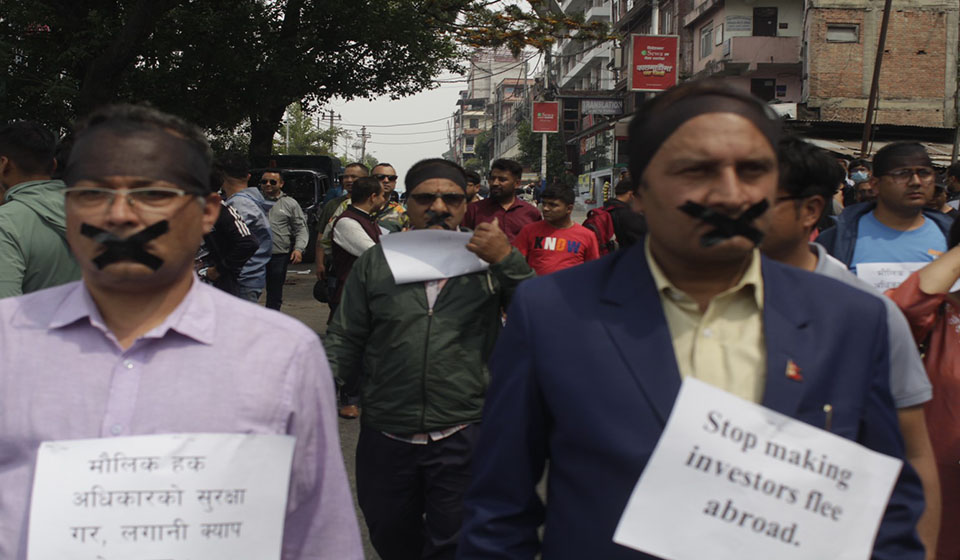

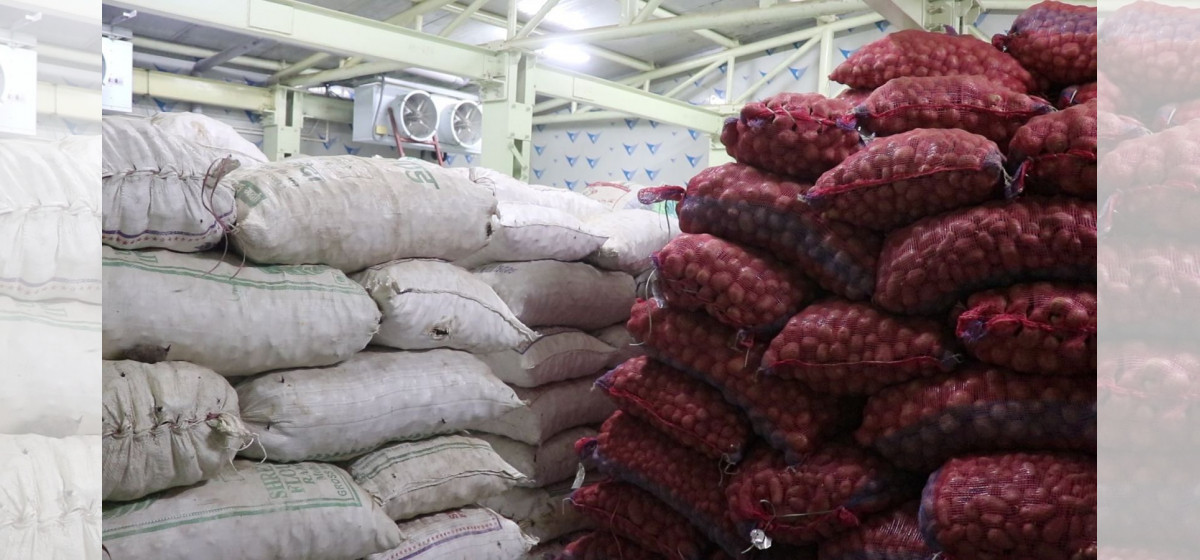

Just In
- Nepal clinches thrilling victory over West Indies 'A' in T20 cricket match
- Capital Market Struggle Committee stages protest demanding protection of domestic investors (Photo Feature)
- Captain Paudel scores half-century in T20 match against West Indies 'A'
- Nine youths from Tanahu allegedly joining Russian army out of family contact for months
- West Indies 'A' sets Nepal a target of 205 runs
- Parliamentary committee directs govt to provide electricity tariff subsidies to cold storage facilities
- Former DoTM employee Bhatta arrested in connection with illegal license issuance case
- One killed in a fire incident in Dadeldhura









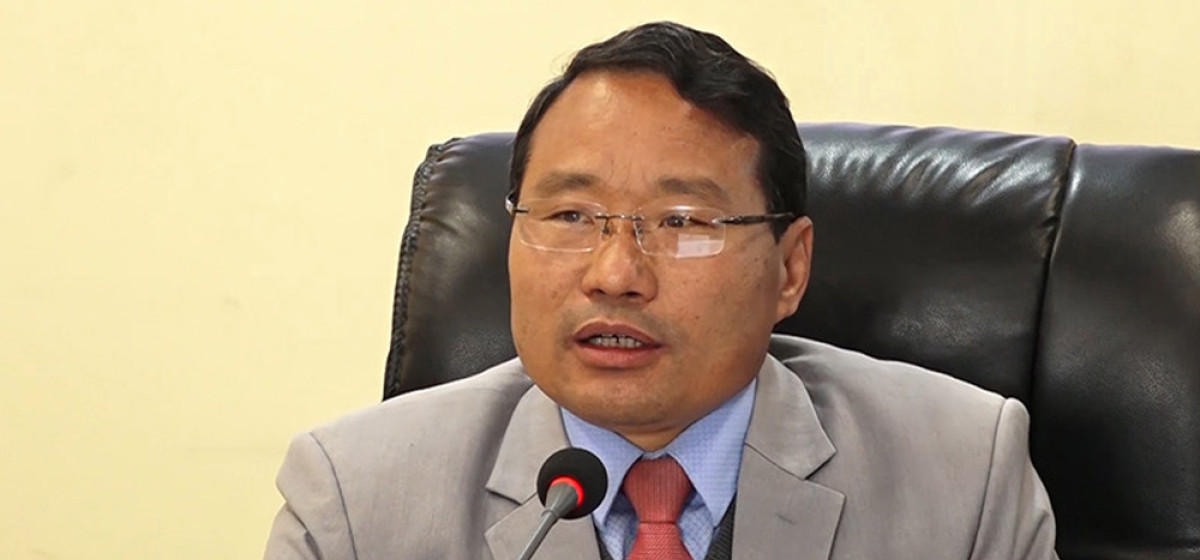


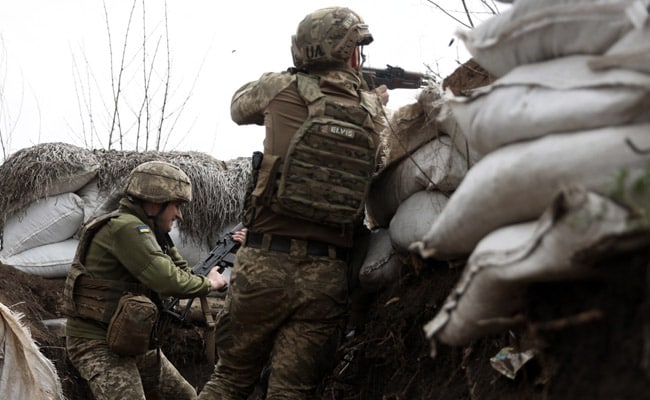
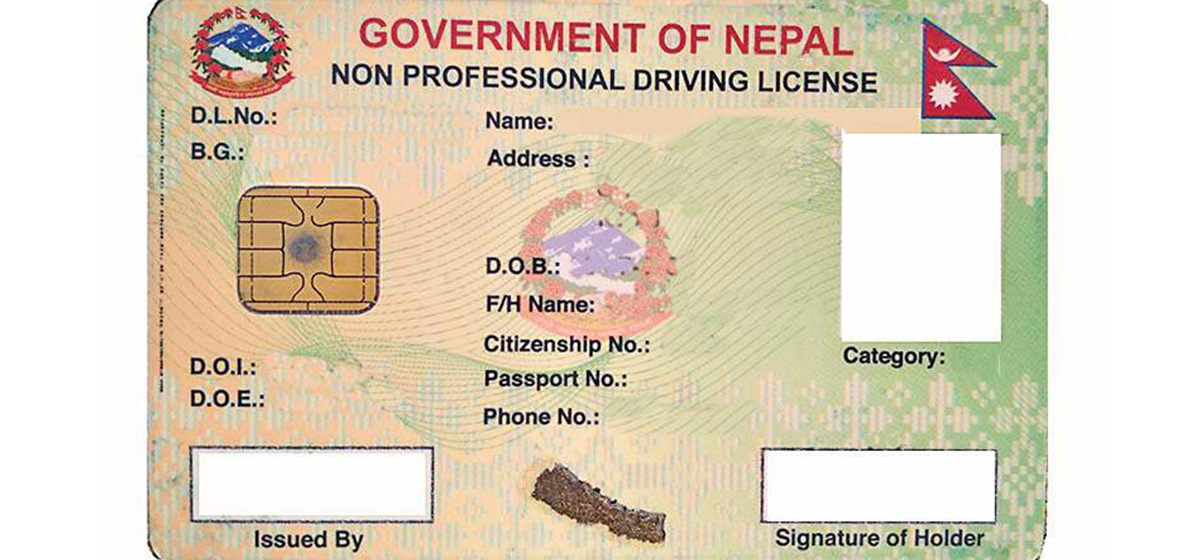
Leave A Comment